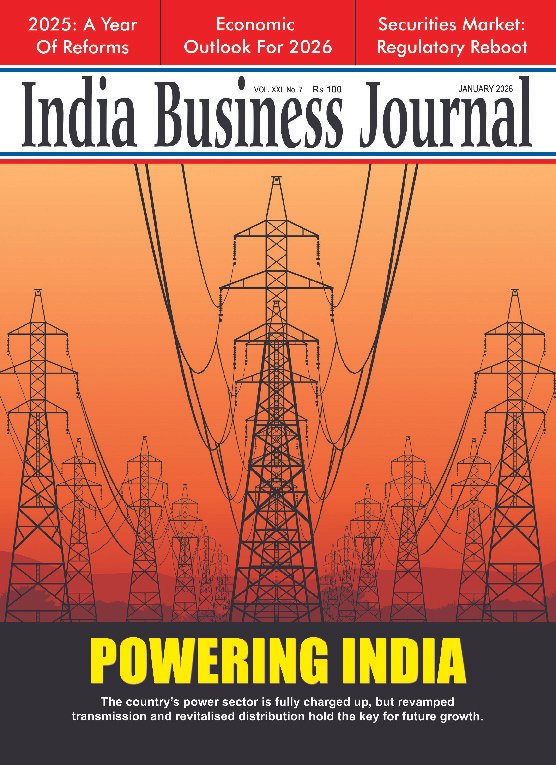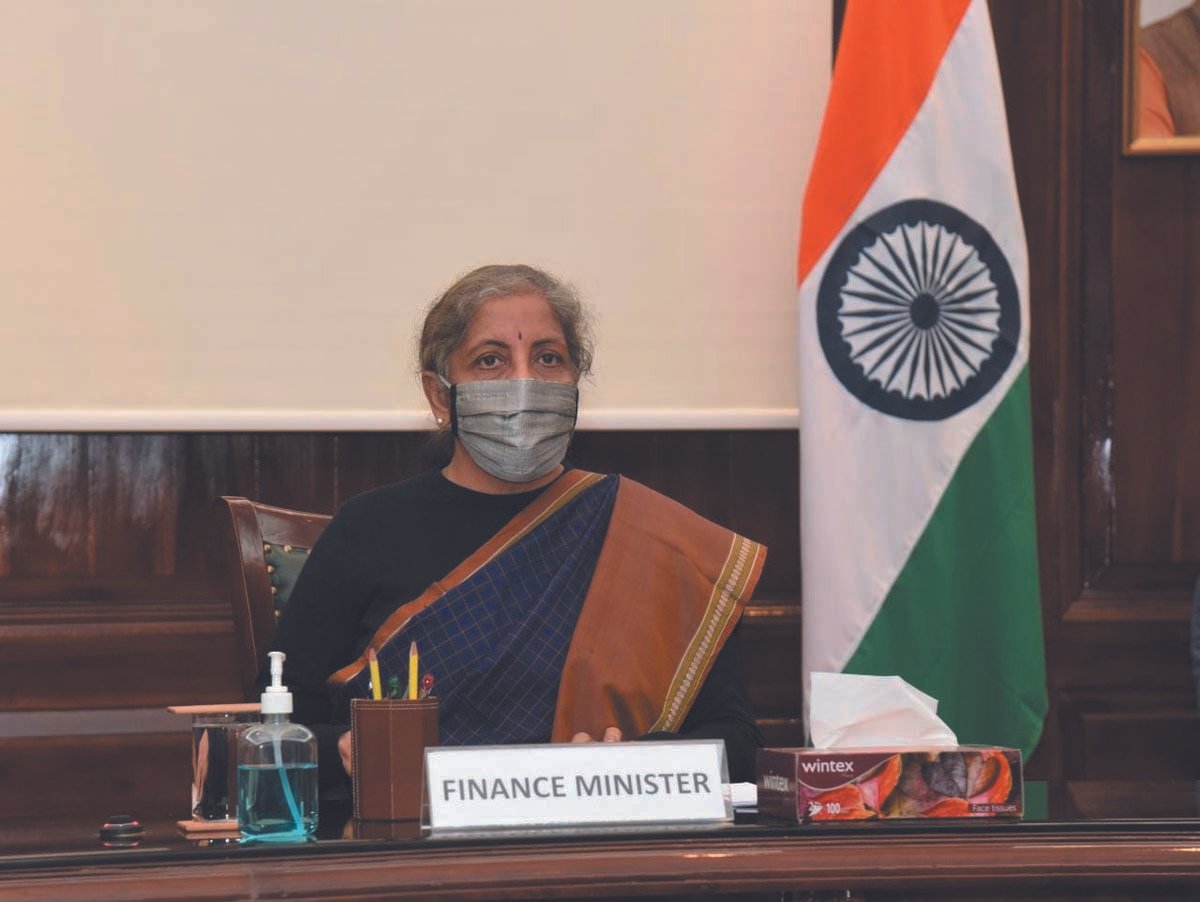INFRASTRUCTURE
On closer analysis, Union Budget’s much-touted FY23 capex is not so high, notes CRISIL
- IBJ Bureau
- Feb 10, 2022

Amid FY23 Union Budget’s focus on investments, leading domestic credit rating agency CRISIL on Wednesday said that the capital expenditure (capex) is “not as high as it sounds”.
It, however, was quick to add that considering that governments usually tended to cut capex during a crisis, the government had maintained its focus on growth-spurring initiatives amid the pandemic.
The research wing of the agency said that if one excluded the Rs 1 lakh crore of loans to States for capex, included in the headline figure of Rs 7.50 lakh crore or 2.91 per cent, the actual spend in FY23 would go down to 2.58 per cent of GDP, which was barely on a par with the revised estimate of FY22.
The report also pointed out that the overall number showing a rise had been “offset” through a reduction in internal and extra budgetary resources (IEBR), which fund capex of Central public sector enterprises (CPSEs).
IEBR had been budgeted at 1.82 per cent of GDP for the next financial year, much lower than the pre-pandemic average (2018-20) of 3.33 per cent, it said, attributing the same to poor capex execution by CPSEs lately.
The overall Central capex for FY22, which is the sum of effective budgetary capex and IEBR, would remain intact at 5.96 per cent of GDP for the next financial year, the same as pre-pandemic average between 2018 and 20.
It can be noted that many quarters had hailed Finance Minister Nirmala Sitharaman for her budget speech that mentioned an over 35 per cent jump in capex for FY23, to help revive growth, which has suffered in the pandemic.
Additionally, on the revised estimates for FY22, showing a rise in capex to 2.60 per cent from the Budget estimate of 2.39 per cent, the CRISIL report explained that this was due to a one-time expenditure of Rs 51,971 crore towards Air India’s liabilities.
Noting that the government had been able to fully spend its capex budget, the report said that in the last two financial years, a bulk of expenditure happened in the last quarter and made a plea for frontloading of the committed money to help the demand process.
The mix of the capex budgeted for FY23 favoured employment, the report said, noting the focus on roads and highways and railways sectors. However, the commitment to defence, another jobs-intensive area, had softened a bit, it said. It also said that the States would have to “make haste” in utilising the space offered by the Union Budget by doubling down on their commitment and make full use of the increased capex loans.





















Report By
View Reporter News